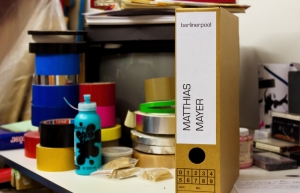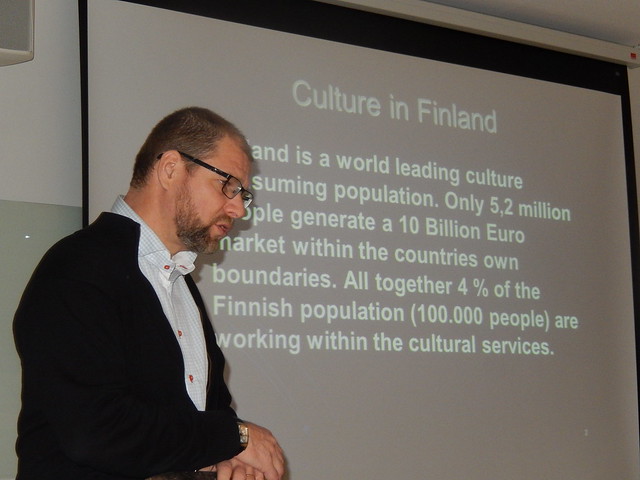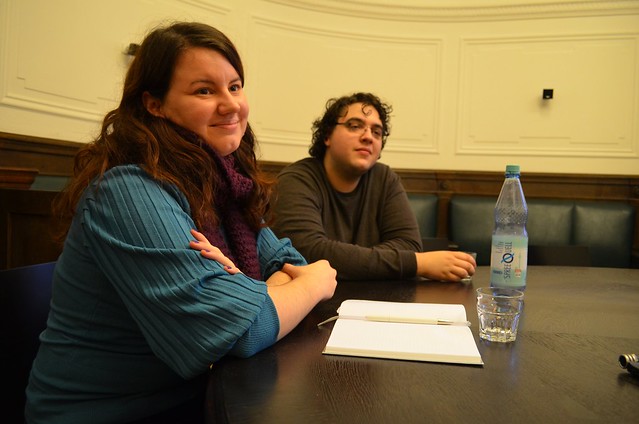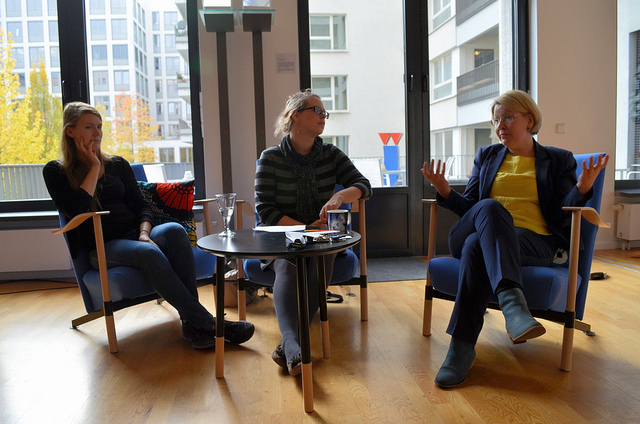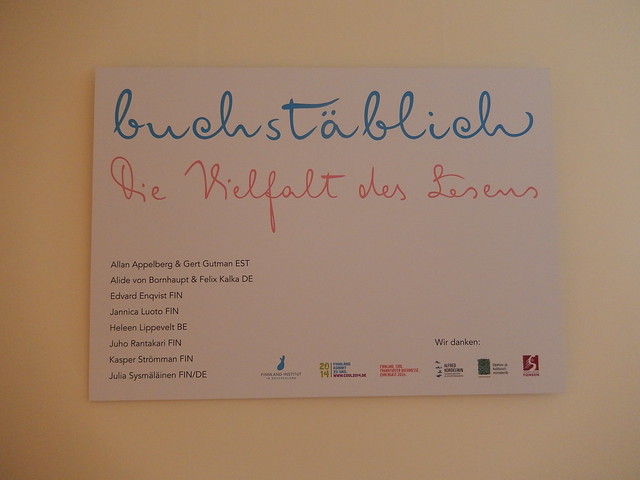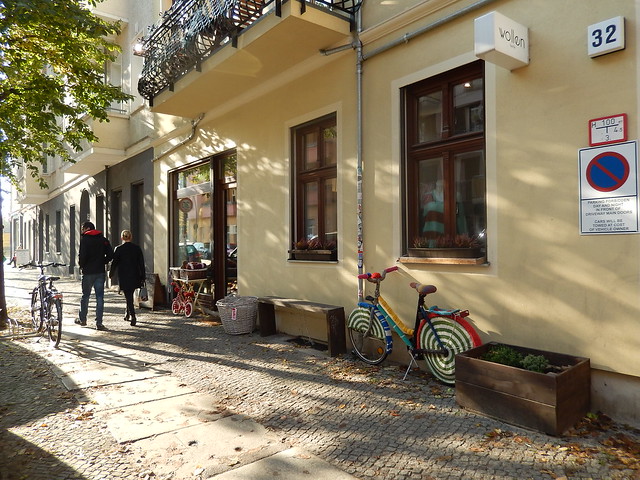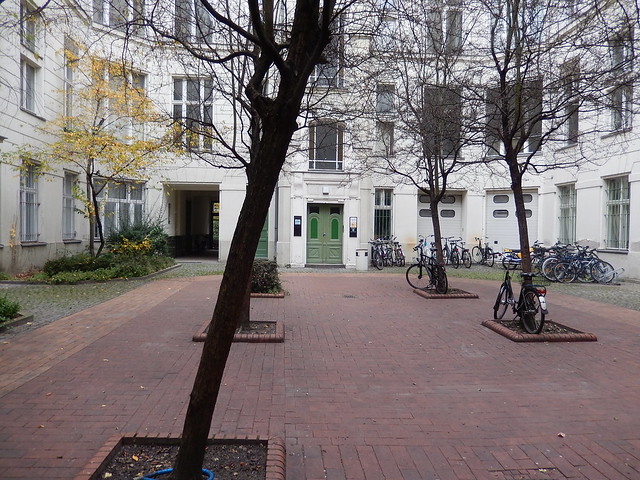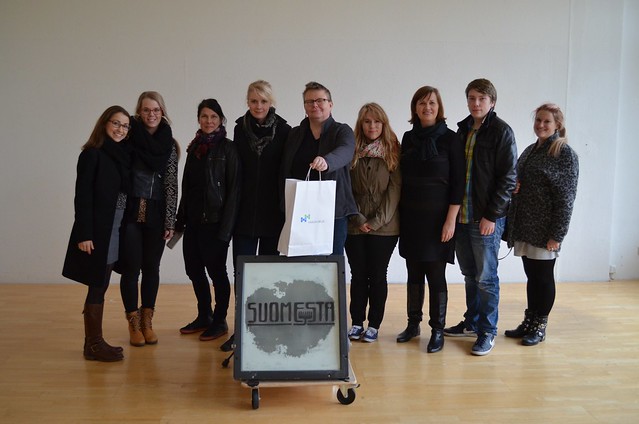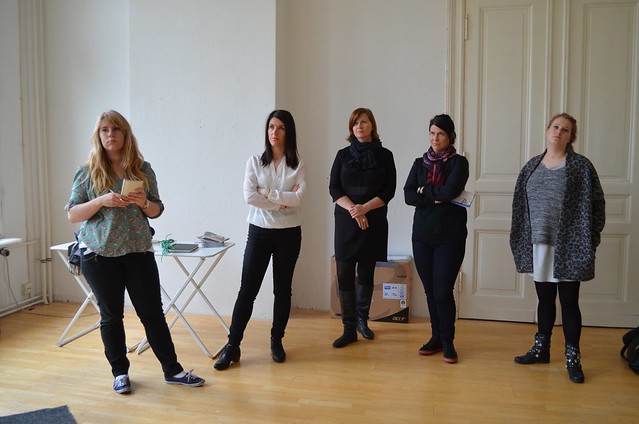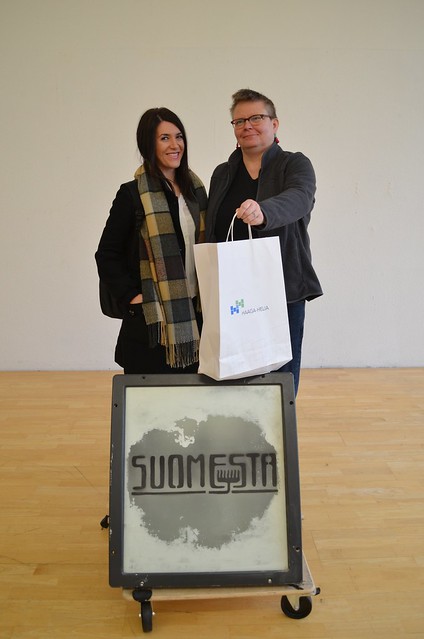I met Ioana Belu at HavsVidden hotel on the Åland Islands while enjoying the beautiful view of nature and a delicious breakfast. Ioana Belu is Executive Director at Business Intelligence Unit. She has been working in the field for 7 years. Before she entered the media field she worked with financial management in banks until the credit crisis, when she found the opportunity to get into her passion for filming and taking pictures. Entering the field Belu started with writing country reports for e.g. The Guardian and Wall Street Journal. Belu loves spending time taking pictures. Today she focuses on finding creative advertising for the travel industry in the form of country branding.
At the moment she is working with her team on a production for the CNBC about destinations in the Baltic. The filmed production will be 30 minute long. It is about the city of Helsinki, Tallin and Stockholm as well as the Islands of Åland, Gotland and Öland. The filming projects are about finding various destinations and particularities. Taking into consideration both regular travelers, business travelers as well as people who travel for another reason. The core of the production is to find diversity.
Belu describes her work from the point of view as a producer as supervising the whole process. Starting from creating and idea, finding the team and starting to network. The process continues with defining the idea, scouting for the location and selling the product. When this part is ready the actual pitching of the product starts containing traveling to different authorities to try to sell the product. Then taking a look into the budget and the possibilities to distribute it. At this stage Belu starts signing contracts with partners who are going to be part of the project. The company uses both in-house staff and freelancers. The actual producing part starts with filming. Usually there is more material filmed than actually needed at the end. This is to ensure that you have the material needed when starting the editing process. The process may even take up to one year.
Belu explains how much light fascinates her and what an important aspect it is when photographing. When filming, nature is absolutely the most important thing. She likes to capture the actual moment through the lens and not use too much editing. The natural colors are the most beautiful. Like this she is able to bring beauty for the viewer and in the end it is all about capturing something at the right time in order to bring value for the recipient.
Traveling as a producing team abroad, requires the team to bring equipment with them as well as sometimes renting from the destination of the shoot. For instance Belu explains that lights and sound mixers are usually rented since they are heavy and fragile to travel with. Belu’s partners usually travel with their own camera equipment.
Belu points out the importance of starting by building relationships with the partners and then trying to sell a catchy package that stands out from the competitors’. Even if companies first cut from the marketing and promotion costs when the economy is not strong, visibility is still an important aspect for any company. Through internet there are today a lot of possibilities in marketing with the use of promotional videos. The most powerful advertising is when the right media is used. In Belu’s opinions the best part of filming is when the team has the possibility to bond with each other, wake up with no stress, being able to sit down for a breakfast together joking, laughing and feeling relaxed and deciding on what needs to be filled up during the day.
An example of Ioana Belu’s production for British Airways:
Text and picture by Naomi Zino





